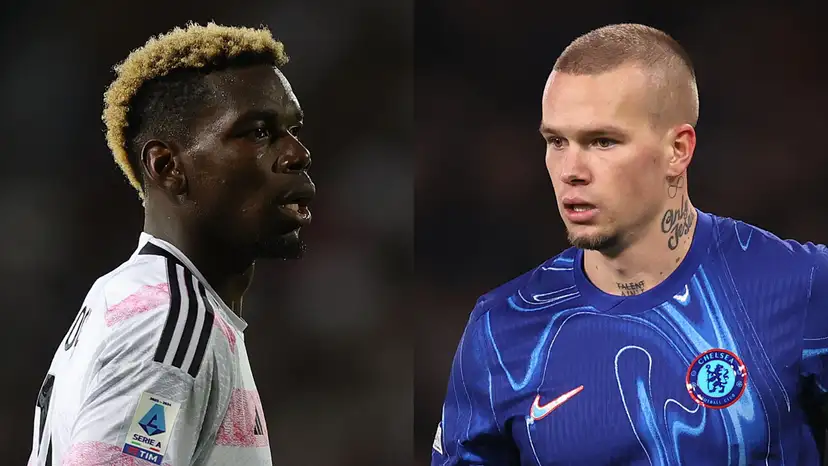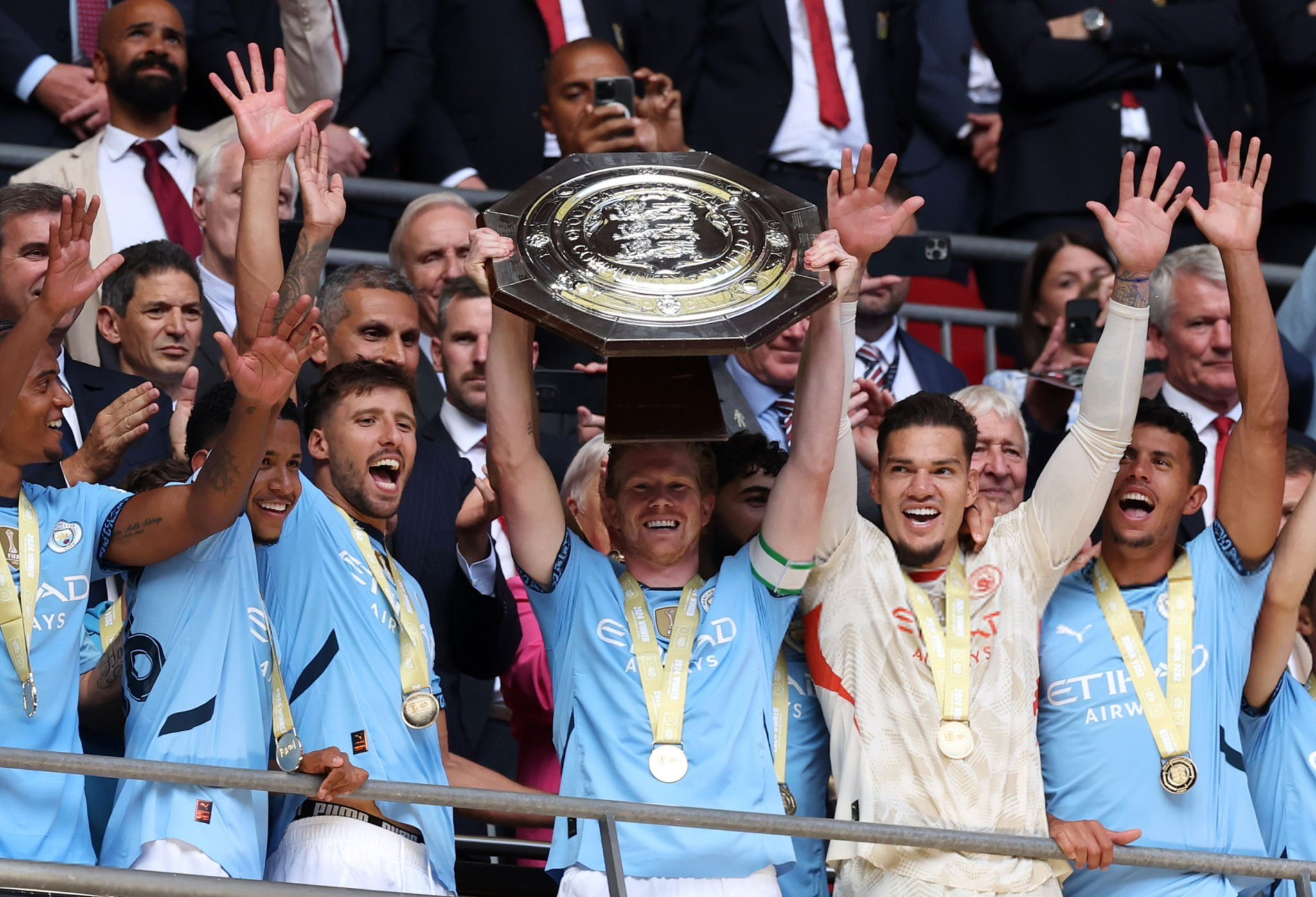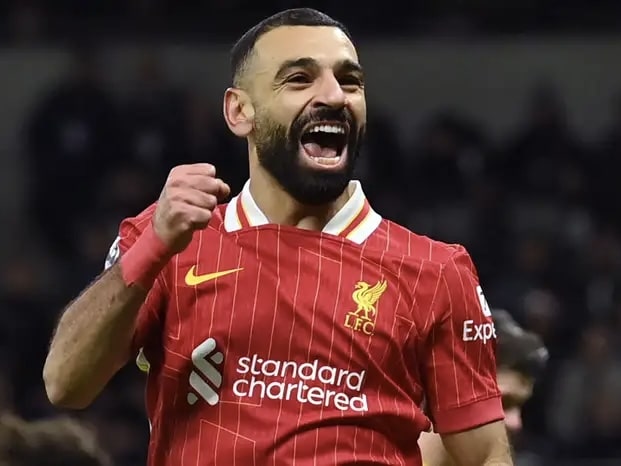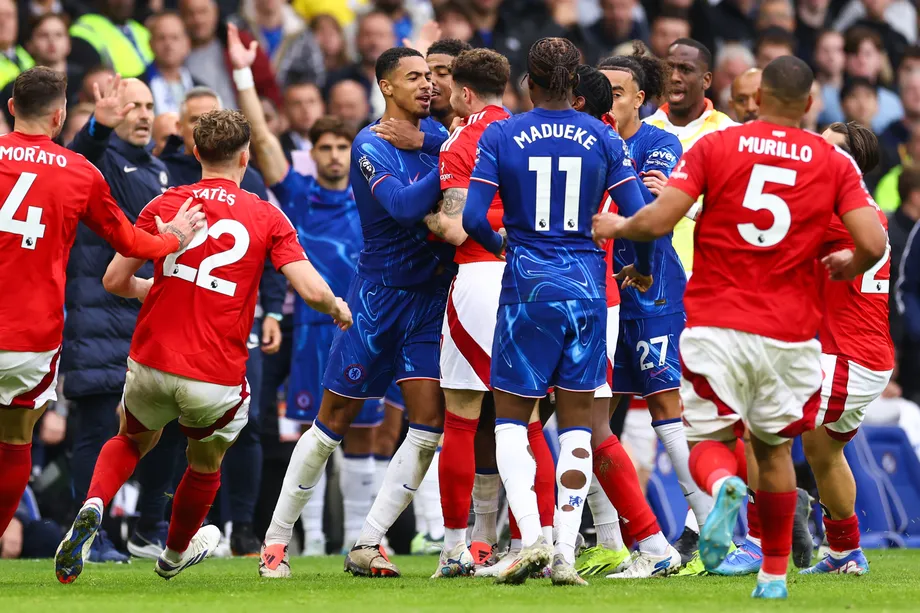The Perfect Canvas
How Football Kits Became One of the Game’s Most Valuable Assets

For supporters, a kit is deeply personal. It holds memories of victories, heartbreaks, and generations of loyalty. The colour, badge, and design are sacred symbols that represent who they are and what their club stands for. It is not simply fabric, it is identity. For clubs, however, the shirt is a major business asset. It is the most visible product they own, broadcasted to millions every week and worn by fans worldwide. Shirt sponsorships and merchandise sales have turned the kit into a vital income stream. Clubs now depend on it for revenue, brand exposure, and global expansion.
The modern football kit stands at the intersection of emotion and economics. It must honour tradition for the fans, yet serve commercial interests for the club and its partners. Balancing those two worlds has become one of football’s most important and delicate challenges. Every club’s colours tell a story. Manchester United’s red, Real Madrid’s white, and Juventus’s black and white stripes are more than aesthetic choices, they are part of each club’s identity. Fans associate those colours with glory and history, and any attempt to alter them often causes uproar. When Cardiff City switched from blue to red in 2012, the backlash was immediate and fierce. Tradition still matters deeply.
The home kit is untouchable. It connects generations, remaining consistent even as other aspects of the club change. The away and third kits, however, offer creative freedom. They allow designers and sponsors to experiment with patterns and colours, targeting new audiences and boosting sales. These kits are often refreshed annually, creating anticipation and commercial opportunity.
For fans, buying the latest shirt is an act of loyalty. It is how they show pride and support, whether at the stadium or halfway across the world. For clubs, those purchases form a key part of financial stability. The scale of shirt sales, from London to Lagos, reflects how far a club’s influence now reaches. At its core, the kit is where emotion meets economy. It carries meaning for the supporters who wear it, but it also fuels the budgets that keep the modern game alive.
Behind every great kit is a major commercial operation. The shirt is football’s most valuable advertising space, and every inch of fabric is now used to generate revenue. It begins with the manufacturer deal, the foundation of kit income. Clubs sign long-term contracts with global sports brands like Adidas, Nike, or Puma, securing guaranteed payments worth hundreds of millions. These partnerships go beyond supply. The brand’s global reach helps push the club’s shirts into markets they could never reach alone. For example, when Adidas and Manchester United agreed their record deal in 2015, the partnership was designed as much for visibility in Asia and America as for on-pitch performance.
Above that base layer sits the front-of-shirt sponsor, the prime commercial asset. This single logo, visible for 90 minutes every match and across every broadcast, is worth tens of millions per year. It’s one of the most expensive ad spaces in world sport because it guarantees constant exposure to a global audience. Sponsors are carefully chosen to reflect the club’s image, airlines, financial firms, and tech companies dominate because they match the game’s global, modern appeal.
Clubs have also learned to monetize every remaining space. The rise of sleeve sponsors, back-of-shirt partners, and even branded training kits shows how far marketing has penetrated football’s visual identity. What used to be a single logo on the front is now a structured hierarchy of sponsorship tiers, each with its price tag and media reach. The shirt has become the centrepiece of a club’s commercial ecosystem, a global billboard that never stops working, both on and off the pitch.
Sponsorship reflects the times. In the 1990s and early 2000s, electronics and automotive brands dominated the front of football shirts. Today, it’s airlines, financial services, and increasingly, betting and cryptocurrency companies. These shifts mirror broader global markets, where money flows, sponsorship follows. However, the growing influence of certain industries has brought ethical and cultural tension. Gambling companies now occupy a large portion of Premier League and European shirts, prompting debates about morality and regulation. Cryptocurrency sponsors have followed a similar path, often arriving with big promises but uncertain futures. Fans are quick to call out partnerships that feel opportunistic or clash with the club’s values.
Still, not all sponsorships are purely commercial. Some have become part of club heritage. Arsenal and JVC, Liverpool and Carlsberg, or Milan and Opel are partnerships that evoke nostalgia because they aligned perfectly with each club’s era of success. The sponsor became part of the story, not just the business. The most difficult task for modern clubs is maintaining that balance, maximizing revenue without damaging credibility. Fans accept that sponsorship is necessary, but they expect it to respect the identity they hold dear. Once that trust is broken, even the most profitable deal can backfire.
The football shirt is more than a piece of clothing. It carries emotion, history, and financial weight all at once. Every colour, stripe, and sponsor represents a balance between identity and income. For clubs, it is the most valuable marketing platform they own. For fans, it is sacred ground.
Modern football runs on this tension. Clubs must constantly weigh heritage against growth, sentiment against strategy. They need to respect the badge while recognising that sponsorship keeps the lights on and funds the stars who wear it. The best-run clubs have mastered this balance, turning the shirt into both a symbol of pride and a commercial powerhouse.
In today’s game, the shirt is the meeting point of passion and profit. It defines how the world sees a club and how that club sustains itself. Sponsorship may evolve, logos may change, but the core truth remains, the shirt will always be football’s most powerful canvas, uniting history and business in a single piece of fabric.








